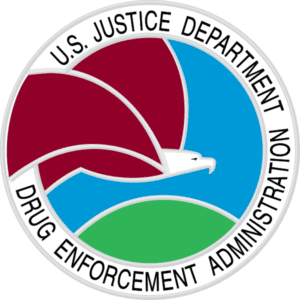DEA Teaches Officers In Tampa How To Safely Process A Fentanyl-Contaminated Crime Scene
 Spectrum Bay News 9 reported on a recent training session run by the U.S. Drug Enforcement Administration (DEA) that focused on responding to a fentanyl-contaminated scene. Officers from the Tampa Police, Tampa Fire Rescue and the Hillsborough County Sheriff’s Office (HCSO) all took part in the exercise. The goal was to teach emergency personnel how to keep themselves safe while performing their jobs.
Spectrum Bay News 9 reported on a recent training session run by the U.S. Drug Enforcement Administration (DEA) that focused on responding to a fentanyl-contaminated scene. Officers from the Tampa Police, Tampa Fire Rescue and the Hillsborough County Sheriff’s Office (HCSO) all took part in the exercise. The goal was to teach emergency personnel how to keep themselves safe while performing their jobs.
Mike Furgason, the head of the DEA’s Tampa district office, stated that, “The fear is that an officer on the street can encounter this and, if he were to pick up a white substance and believe it to be cocaine, it might be fentanyl. It’s airborne, it can contaminate him… take him down.” HCSO Col. Jim Bradford said his officers respond to situations like the one used in the training exercise several times every month.
The exercise consisted of officers responding to clandestine drug labs while wearing a suit that completely protected them from any potential exposure. Throughout the mock scene, a powder could be found and was even on a pretend suspect. After getting the necessary samples and evidence, officers proceeded outside where a station had been set up so they could be properly decontaminated with a chemical that neutralized fentanyl and a second wash with bleach.
It can take hours to process a lab crime scene and the air tanks needed for breathing provide officers with only 30 minutes of air. This necessitates having multiple teams to process one lab. Approximately 60 law enforcement officers participated in this training session, and the DEA says they will be having more like these to train officers at other agencies in the future.
The DEA’s FAQ on fentanyl can be found here. Their 2017 Fentanyl: A Briefing Guide for First Responders is also available online. Fentanyl is also frequently found in counterfeit pills sold on the street. You can read PSM’s 43 States and Counting report to learn more about the counterfeit fentanyl pill crisis in the United States.